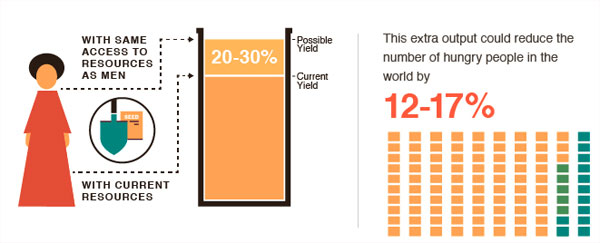
Food waste is one of the planet’s easier dilemmas to solve. While challenging, the solution will be more about changing people’s mindsets than creating over-complicated, high-tech answers. The first step? Understanding where food waste happens and how we can change the world by changing the way we eat.
Reduce Your Waste
- Lower your grocery bills and environmental footprint by reducing your food waste.
- Whether you are at home, school, or work, you are surrounded by opportunities to reduce food waste. So where do you begin?
- Identify areas for improvement and choose your favourite strategies for cutting waste.
At Home…
You can reduce your personal food
waste in five steps:
- Plan your meals before you grocery shop.
- Make a detailed shopping list and stick to it!
- Serve reasonable sized portions.
- Save your leftovers.
- Eat those leftovers!
Also, try to use what you already have in your fridge and cupboard.
Patrol your pantry. Assess what you already have in your fridge and cabinets, identifying which items should be eaten soonest. To keep your kitchen waste-free, make meals that incorporate these foods!
Become Storage Savvy. Not sure the best way to store cooked beans or whether you can freeze dairy? Consult the A-Z Food Storage Tip Guide to learn how to keep food fresh longer.
While food holds a place in our hearts, it’s sometimes hard to know whether it also holds a place in the fridge or on the counter.
Inside the Fridge
- Apples, berries, cherries, grapes, kiwi, lemons, and oranges.
- Almost all vegetables and herbs
- Keep cilantro fresh up to two weeks longer by placing stems in water and covering the greens in a plastic bag
- After ripening at room temperature
- Melons, nectarines, apricots, peaches, plums, avocados, pears, tomatoes
- Keep celery and lettuce crisp by cutting ends and storing upright in jar of water in fridge door
Outside the Fridge
- Store in a cool place
- Bananas, mangos, papayas, pineapples
- Store in a cool, dark place
- Potatoes, onions
- Store at room temperature
- Basil, winter squashes (once cut, store squashes in fridge)
Food Waste Facts
The world’s average calorie consumption is rising, in 2050 we’ll be eating 3,070 calories a day

Yet while 1.4 billion adults are overweight… 842 million people are undernourished.

So, what’s happening?
A lot of it has to do with food waste. Think about it: Both high-income and developing countries waste 1/3 of the food produced.

Food waste in high income countries happens at the consumer level, like what you leave on the dinner table.
Over 90 percent of agriculture in sub-Saharan Africa is rain-fed… imagine what a drought would do to their food supply…

The total amount of food waste in industrialized countries is as high as the total net food produced by sub-Saharan Africa.
…but understanding these facts are the first steps in making a difference.
Climate change has adverse affects on crop production, but research shows these affects can be mitigated.
If women had the same access to productive resources as men they could increase yields on their farms by 2030 percent.

Researchers note that by getting farmers new and improved drought resistant seeds, or more fertilizer, yields could rise, resulting in more food for everyone.
Continuing the push of open agricultural data awareness so that those with power, skills and resources can make adjustments for those who can’t.
… this data and knowledge is getting more readily available, case-in-point, this pretty mini site on climate change, agriculture and food security.
Get some TIPS from to avoid wasting food
Sources:
• FoodShift
• 14 Food Waste Facts on HuffingtonPost
• WastedFood
One thought on “Food Waste Day”